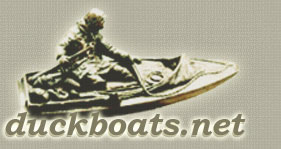Tim~
Your are certainly on the right track. Here's how I establish some of the correct widths on the head:
1) I bandsaw to the lines (profile and plan views) as close as I can.
2) I draw a centerline from the tip of the bill, up over the crown to the back of the neck; under throat, too.
3) I put Xs on the fattest part of the cheeks.
4) I draw a line along the bottom of the bill, at its edges.
5) I draw the brow width (widest part of head above the eye).
View attachment 14 - usual reference lines - cropped vs.jpg
(Picture is Black Duck - but principles are the same.)
Then, as I am carving, I do not "violate" (remove) any of these lines - they come off just before you are ready to use sandpaper.
6) For the brow, I carve straight down (drop a perpendicular as if you could hang a plumb bob on it) to the height of the eye/eye channel.
7) Once that is done, then, looking at the eye from the side, I draw in the new brow line, usually a little less than half the height from the eye to the crown.
8) Then, I hollow out the eye channel.
9) Last thing I do is round over the crown, from the new brow line up to the centerline on the crown. I do a lot of "shoeshining" or stropping with a very coarse (40 grit, 60 grit) belt over the crown, behind the neck, beneath the chin, even over the front part of the bill. (I screw a block into bottom of head so I can put it in a vise.) It goes a long way in maintaining/recovering symmetry.
10) Check plan view of bill tip - probably needs to be a little rounder.
This would all be much easier to explain with additional pictures....I'll take some more on next head I carve.
Keep up the great start!
SJS

















